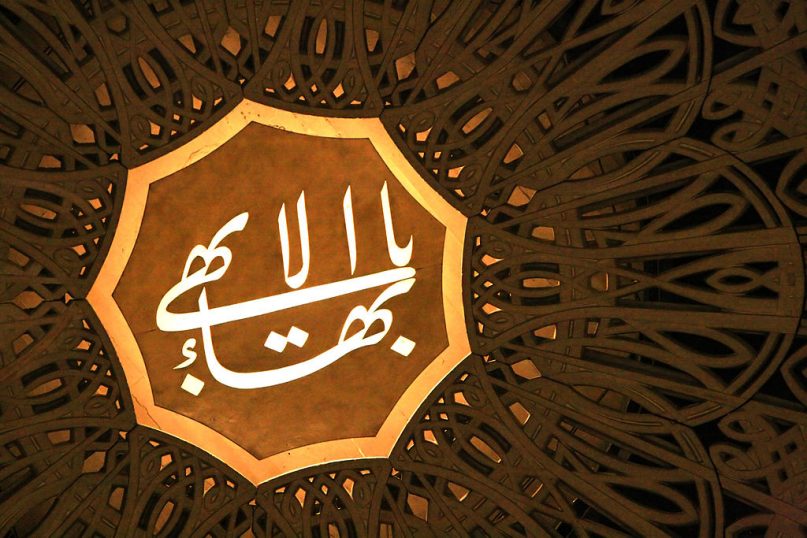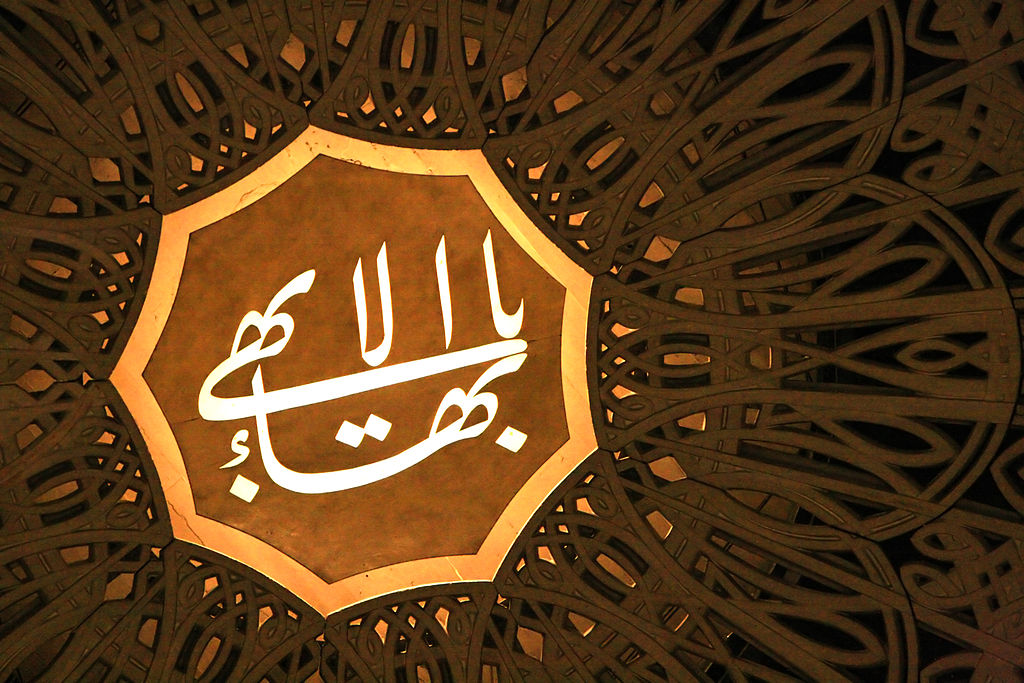Earlier this month, I took exception to a Washington Post map purporting to show the second largest religious tradition (after Christianity) in each state of the Union. A significant number of them were wrong, I claimed, because they relied on the inflated estimates of religious bodies rather than on telephone surveys of individuals.
None of the purported “seconds” was more surprising than the Bahá’í Faith in South Carolina. How could this rather obscure 19th-century world religion, with a total claimed U.S. population of 174,00, have more adherents in the Palmetto State than Judaism, Islam, Hinduism, or Buddhism?
Well, it turns out there’s a good answer to that question. In the early 1960s, national leaders of the faith began making a concerted effort to reach African Americans in the South. By the early 1970s, teams of Bahá’ís (themselves mostly African-American) were going door-to-door in rural South Carolina and Florida, preaching their message of the unity of God, humanity, and all religions, and proclaiming their founder, Bahá’u’lláh, as the return of Christ. (Bahá’ís believe that Bahá’u’lláh is the most recent in a succession of divine messengers — including Moses, Jesus, Muhammad, Krishna, and Buddha — who established a religion appropriate to their time and place.)
“They responded with remarkable interest,” Robert Stockman, the foremost historian of the Bahá’í Faith in America, wrote in an email. “I experienced this in 1979 when I went out mass teaching over Christmas vacation in central Florida. We literally drove over the railroad tracks. The pavement stopped. We drove down the dirt roads, rolled down our windows and said to people sitting on their porches ‘can we talk to you about religion?’ They said yes and we went over to them with a picture book, which we reviewed. When we asked people whether they believed, they said often ‘yes.’ We didn’t enroll them; there had to be followup.”
Stockman pointed out, however, that in South Carolina there often wasn’t followup. As he writes in his book, The Bahá’í Faith: A Guide for the Perplexed:
In the past, people were enrolled as Bahá’ís when they had acquired more than a little basic knowledge, but now the criterion for membership was possession of the spark of faith; it was assumed that knowledge would follow later. But teams of visiting Bahá’í teachers were not present long enough to follow up, and it was difficult for later teams to find newly declared believers who lived in houses that lacked street numbers (which was often the case in the rural south).
To consolidate the new members of the faith, an institute was established in Hemingway, S.C. in 1972, as well as the nation’s only Bahá’í radio station, WLGI (“Promoting love, peace, and unity”), in 1984. By the mid-1980s, there were over 20,000 on the rolls in South Carolina, more than in any other state. But, Stockman acknowledges, 30 years later just 4,500 of the 17,500 members in the state currently recorded in the national Bahá’í database have good addresses. “All we can say about the other 13,000 is that they are not active enough as Bahá’ís to update their address when they moved.”
So is the Bahá’í Faith the second most populous religion after Christianity in South Carolina? The 2013 American Jewish Yearbook lists the state as having fewer than 14,000 Jews. Given what Stockman has to say, I’m prepared to stick to my original claim that Judaism is the (very distant) second most populous religion there. Still, a significant portion of those 13,000 Bahá’ís listed but without updated addresses — many of them low-income African Americans who could be missed by phone surveys — may still consider themselves members of the faith.
So who knows? The really interesting story has to do with the successful Bahá’í outreach to rural blacks in the South in the latter part of the 20th century. It’s hard not to believe that something about the universalist appeal of the faith struck a chord during the Civil Rights era and its aftermath.







